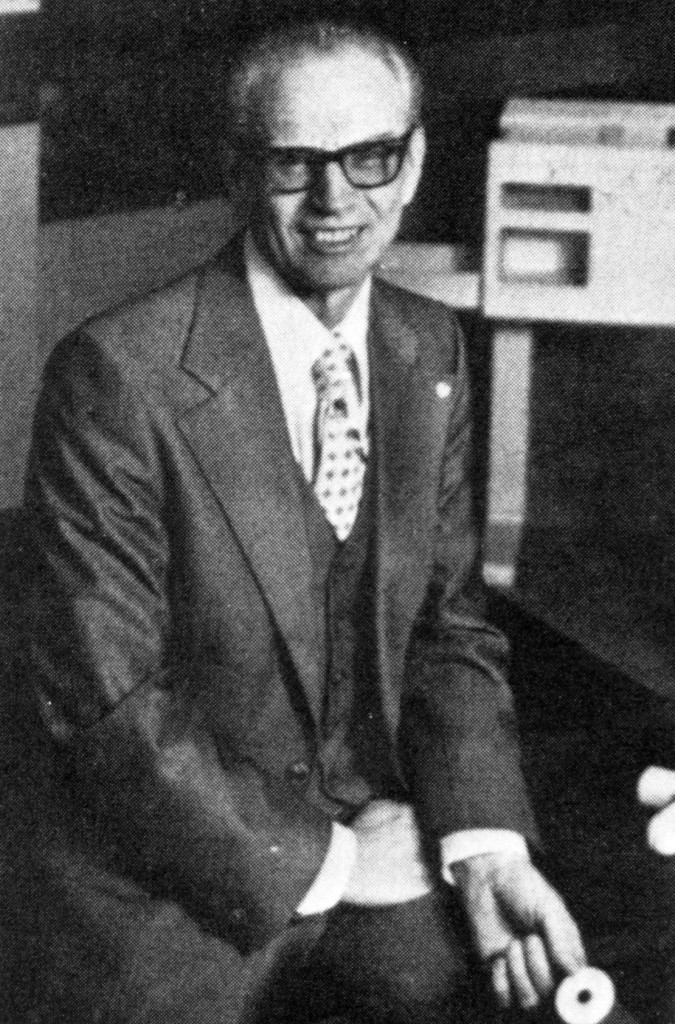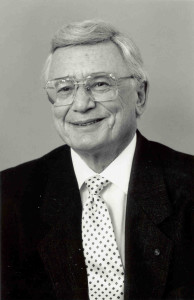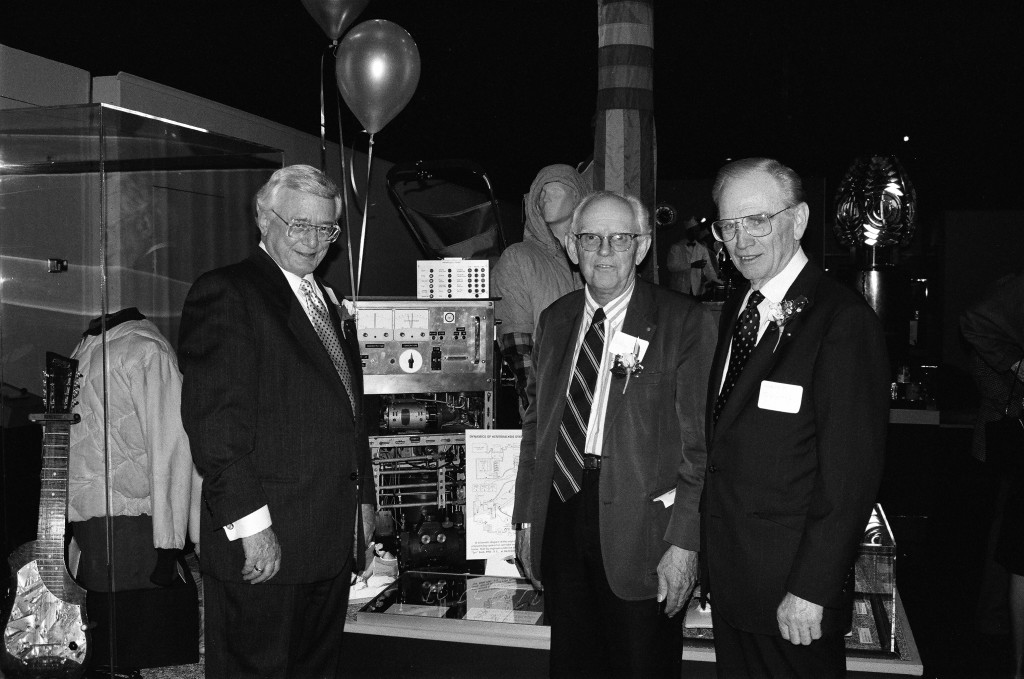 Wayne Quinton passed away Jan. 22, 2015. An engineer who headed the University of Washington medical instrument shop, in 1960 he brought to life Dr. Belding Scribner’s vision for a Teflon and metal shunt that could connect an artery and a vein. The Scribner-Quinton device made it possible to connect a dialysis machine repeatedly to a patient’s bloodstream. For the first time, a person with permanent kidney failure could be kept alive indefinitely with dialysis.
Wayne Quinton passed away Jan. 22, 2015. An engineer who headed the University of Washington medical instrument shop, in 1960 he brought to life Dr. Belding Scribner’s vision for a Teflon and metal shunt that could connect an artery and a vein. The Scribner-Quinton device made it possible to connect a dialysis machine repeatedly to a patient’s bloodstream. For the first time, a person with permanent kidney failure could be kept alive indefinitely with dialysis.
The treatment was revolutionary, and thousands of lives have been saved as a result.
 Dr. Albert “Les” Babb, a UW colleague of Scribner and Quinton, was a nuclear engineer who moonlighted as a consultant to the dialysis development team. He analyzed the workflow of a dialysis treatment in the same manner as he would a nuclear reactor; his recommendations produced a new dialysate dispensing device called the Monster, and cut the cost in half. Later he led a team to beat the clock for a dying teen-ager too young to be treated at the new dialysis organization in town. They completed the Mini-Monster in time to extend Carolyn Helm’s life with the first home dialysis.
Dr. Albert “Les” Babb, a UW colleague of Scribner and Quinton, was a nuclear engineer who moonlighted as a consultant to the dialysis development team. He analyzed the workflow of a dialysis treatment in the same manner as he would a nuclear reactor; his recommendations produced a new dialysate dispensing device called the Monster, and cut the cost in half. Later he led a team to beat the clock for a dying teen-ager too young to be treated at the new dialysis organization in town. They completed the Mini-Monster in time to extend Carolyn Helm’s life with the first home dialysis.
Dr. Babb was honored with Northwest Kidney Centers’ Clyde Shields Distinguished Service Award in 1992. He died Oct. 22, 2014 in Kenmore.

Stories about these fascinating personalities and more are captured in Dr. Christopher Blagg’s History of Northwest Kidney Centers, part 1.

